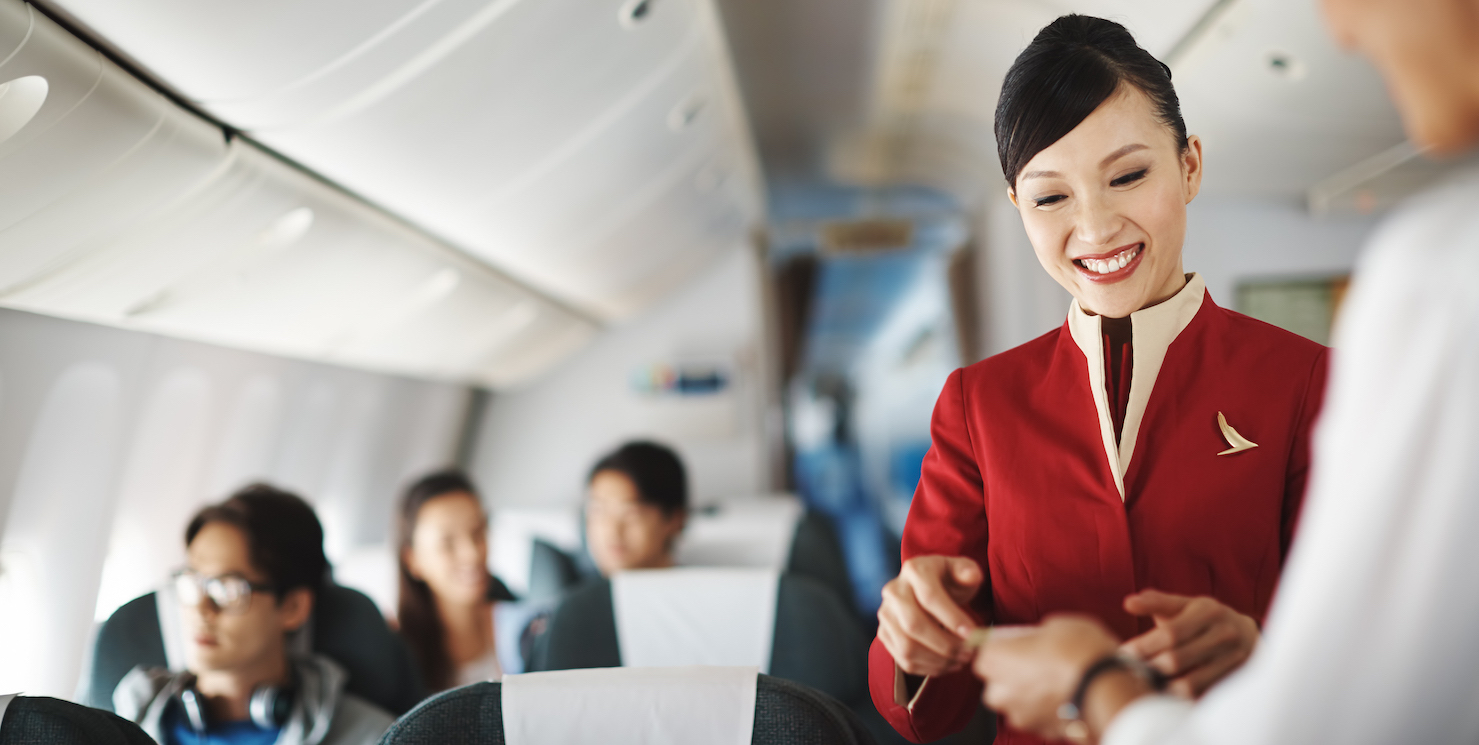The South China Morning Post, Hong Kong’s most respected English daily, leads with a headline entitled, “For Air China and Cathay Pacific, it’s one country, two airlines (but how long?)”.
The headline follows up with a question: What looks like fierce competition may be more a lovers’ tiff in transit to an aviation marriage of convenience.
Writer Danny Lee lays out the following points:
- Over the last decade, the number of Mainland Chinese citizens traveling rose from 158,000,000 to 488,000,000
- Cathay Pacific is in financial trouble: competition from Mainland China and the Gulf Carriers is fierce
- Air China is cutting fares drastically and its aggressive longhaul expansion is hurting Cathay Pacific
- New Shenzhen-Los Angeles is 65% cheaper than Hong Kong-Los Angeles on Cathay Pacific
- Routes to London and New York are routinely up to 45% cheaper on Air China versus Cathay Pacific non-stop
- But this also presents an opportunity for Air China and Cathay Pacific
- Air China owns 30% of Cathay Pacific
- Cathay Pacific owns 18.3% of Air China
- Ironically, Cathay Pacific benefits when Air China profits
- Air China can strategically grow in Guangzhou and Shenzhen to reduce the proliferate growth of China Southern and Hainan, two carriers that could potentially hurt Cathay Pacific even more than Air China
The hypothesis is simple: Air China’s strategic growth could save markets for Cathay Pacific that other Mainland competition would otherwise balkanize. Because Air China has a vested interest in protecting its 30% interest in Cathay Pacific, its growth in southern China would be aimed more at competing with domestic Mainland carriers and less about stealing traffic from Cathay Pacific.
A potential merger could solidify this working partnership and strengthen Cathay Pacific in the long run by shielding it from brutal competition.
CONCLUSION
I find it to be a plausible argument: Cathay Pacific is sinking right now and could use a lifeline. As Mainland Chinese passenger traffic continues to rapidly grow, Cathay may find its solution in working with Air China to create a premier partnership that could better allocate a growing base of traffic. As an aside, it would also likely mean Cathay Pacific would join Star Alliance.





CX needs CA in order to fly into mainland China. I don’t think they will merge, they have very different management and customers…
“As an aside, it would also likely mean Cathay Pacific would join Star Alliance.”
This is the first thing I thought when reading the headline. I wonder how that would impact AA.
Would *A even allow another Asian carrier? Surely the existing members would get a say? Might this cause SQ to leave?
I don’t think CX joining Oneworld would be such a big issue. These formal alliances don’t really mean much anymore compared with inter-alliance codeshares and JVs.
I agree both airlines are very different. CX is a much better far more premium airline. CA would have to see more premium rather than CX going cheap to maintain the HKG premium pax. I think any mainland carrier would struggle with this
Everything involves with China will all step in dying. CX is a bloody example.
Quick fact: the SZX-based Star Alliance member Shenzhen Airlines was bought by Air China a few years ago, when they were the largest airline among the “five regional airlines” in China (Hainan, Shanghai, Xiamen, Sichuan, Shenzhen). Now they are the only one among the five that has no long haul routes (Even Shanghai Airlines takes leisure routes from China Eastern like PVG-MLE), and the latest to receive a wide body (a few months ago). Only Shanghai Airlines has been more harshly suppressed by its parent company.
So my take would be: CA has long been helping CX getting away from competition. The only reason they opened the SZX-LAX route recently is that China Southern was rumored to fly from SZX to US, which CA barely expected. It would be way worse for CX if China Southern actually enters SZX (their subsidiary Xiamen Airlines is already flying XMN-SZX-SEA now), when they are already competing against CX from the 100-mile away CAN.